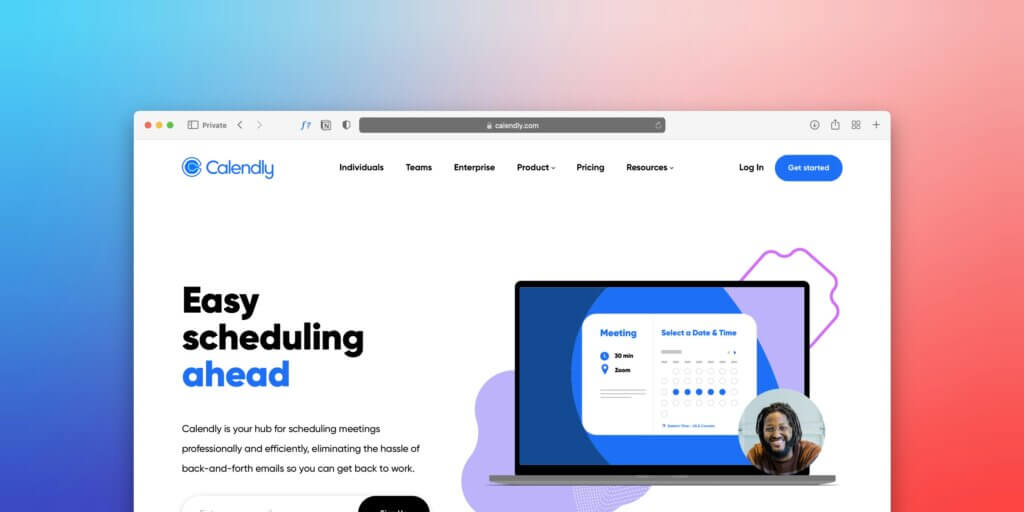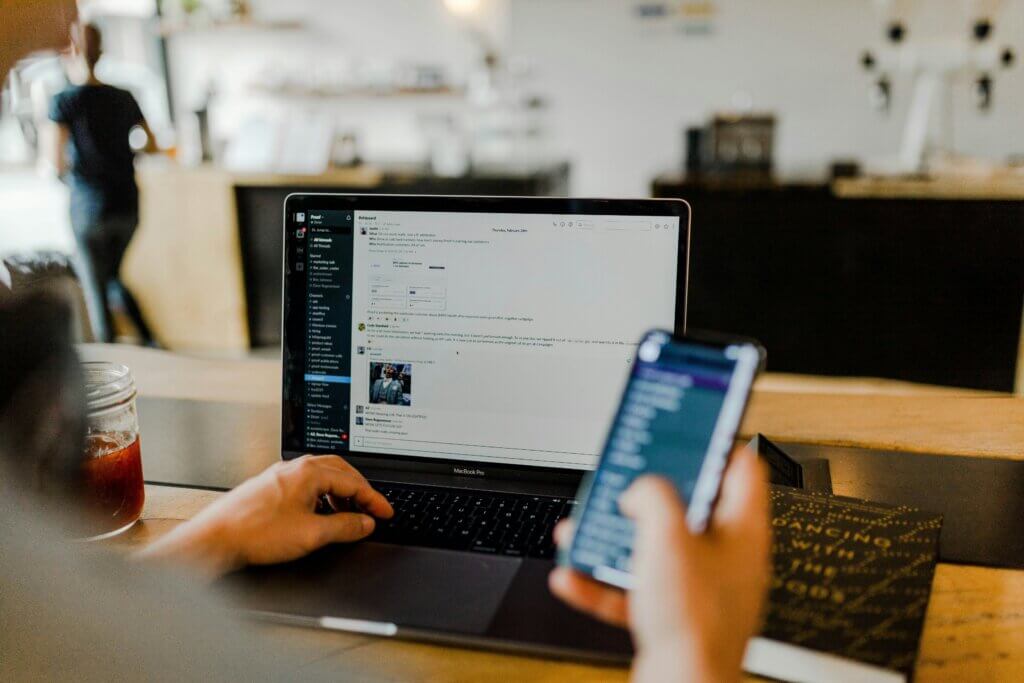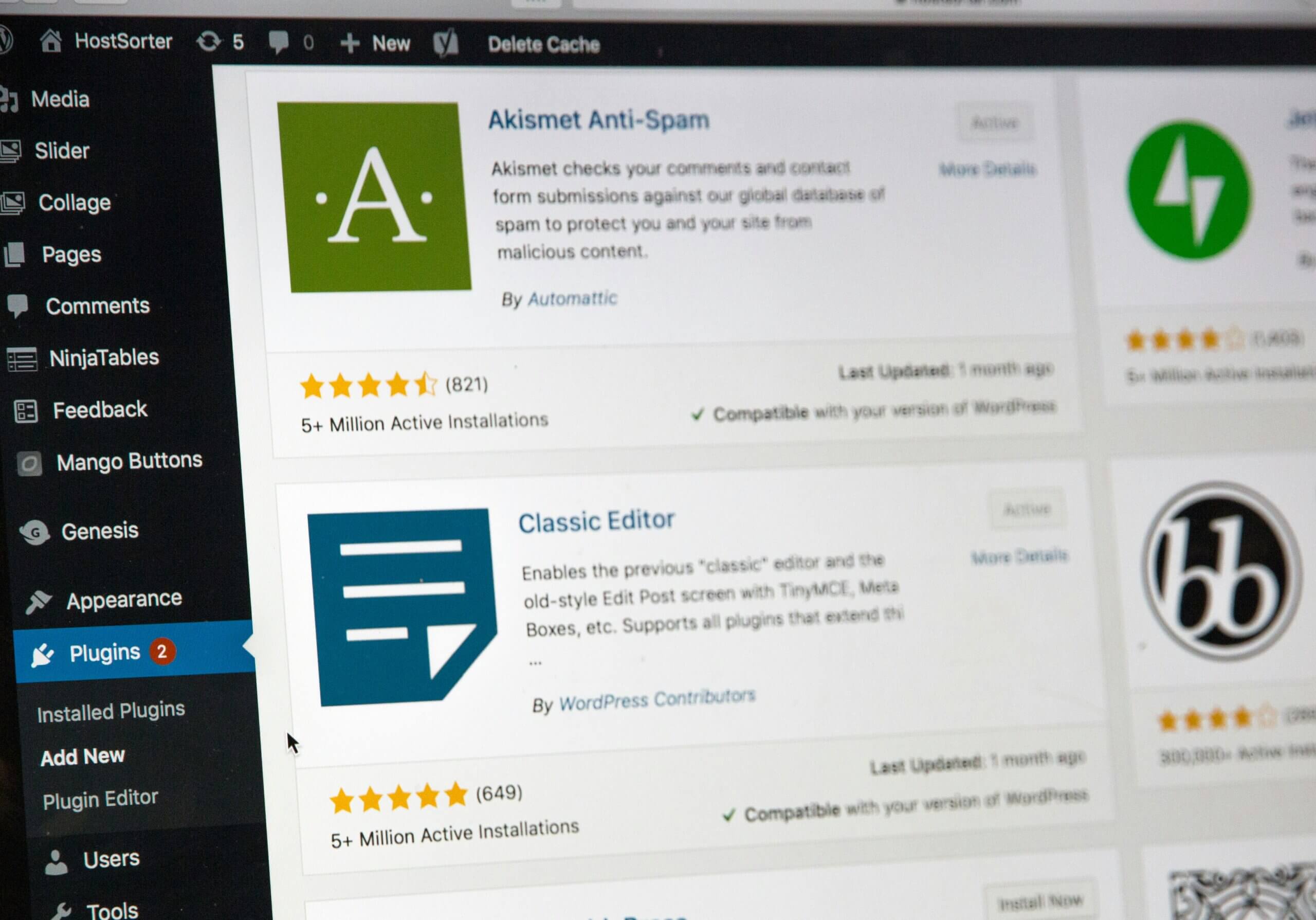Page Contents
ToggleWhat is cosmetic surgeon marketing in 2025? Cosmetic surgeon marketing in 2025 is a strategic approach that combines automated booking systems, integrated payment processing, and trust-building tactics to convert website visitors into patients. Unlike traditional medical marketing, modern cosmetic surgeon marketing focuses on creating seamless digital experiences that match patients’ expectations from other premium service industries—featuring tools like Calendly, Square Appointments, and Stripe integration to eliminate friction between initial interest and booking confirmation.
Here’s the uncomfortable truth about cosmetic surgery marketing in 2025: your competition isn’t just other surgeons anymore. It’s every seamless digital experience your patients interact with daily—from ordering their morning coffee to booking their next vacation.
Think about it. Your ideal patient just spent 30 seconds booking a $4 latte through an app, got instant confirmation, and automatic pickup notifications. Then they visit your $50,000 practice’s website and… have to call during business hours to maybe schedule a consultation?
The disconnect is jarring. And expensive.
The practices winning in 2025 understand that patient acquisition isn’t just about surgical skill—it’s about removing every possible friction point between “I’m thinking about this procedure” and “I’m ready to book.” This guide breaks down exactly how to build those conversion pathways using the tools that actually work, not the ones that sound good in theory.
We’ll cover the complete digital funnel: from the moment someone lands on your website to the second they become a paying patient. More importantly, we’ll show you how to customize these strategies based on your available resources—whether you’re a solo practitioner managing everything yourself or running a multi-location practice with dedicated marketing staff.
Modern Booking Automation for Cosmetic Surgeons
Let’s start with some data that might surprise you: practices with online booking see 67% more consultation requests than those requiring phone calls. But here’s the kicker—it’s not just about volume. Online bookers convert to procedures at 23% higher rates because they’ve already demonstrated commitment by navigating your digital funnel.
The psychology is simple. When someone schedules online, they’ve already:
- Researched your credentials
- Reviewed your before/after gallery
- Read patient testimonials
- Considered pricing (if you display it)
- Made an active choice to move forward
Compare that to a phone inquiry where someone might be casually shopping or just gathering information. The quality difference is massive.
But here’s where many practices get it wrong: they think any booking system will do. Wrong. The tool you choose directly impacts your conversion rates, patient quality, and—most importantly—your time investment.
The Big Six booking platforms dominating medical practices in 2025:
- Calendly – The Apple of booking systems. Clean, intuitive, works everywhere
- SimplyBook.me – The Swiss Army knife. Handles complex scenarios most others can’t
- Square Appointments – The ecosystem play. Booking + payments + POS in one package
- Google Calendar – The free option that’s better than you think
- Doodle – The coordination specialist for group bookings and team scheduling
- BookingLive – The enterprise solution for multi-location practices
Each serves different practice types and resource levels. Solo practitioners often thrive with Calendly’s simplicity, while growing practices need SimplyBook.me’s complexity handling. The key is matching the tool to your specific conversion funnel, not just picking the most popular option.
The conversion psychology behind effective booking systems:
Your booking system isn’t just a calendar—it’s a sales tool. Every element should guide patients toward commitment. This means:
- Clear value propositions on booking pages (“30-minute consultation to discuss your transformation goals”)
- Social proof integration (displaying recent positive reviews near booking buttons)
- Urgency indicators (showing limited availability or next available appointment)
- Commitment mechanisms (requiring consultation fees upfront)
The practices getting this right aren’t just easier to book with—they’re attracting higher-quality patients who convert at higher rates.
Best Booking Tools for Cosmetic Surgeons
Let’s break down the real-world performance of each major platform, including the trade-offs most “software comparison” articles won’t tell you.
Calendly ($10-15/month per user)
- Best for: Solo practitioners and small practices prioritizing simplicity
- Conversion strength: Highest booking completion rates (87% vs. industry average of 73%)
- Integration reality: Plays nice with everything, but requires separate payment processing
- Hidden limitation: Can’t handle complex pricing or resource allocation
Real-world insight: We’ve seen practices switch TO Calendly from more complex systems because the user experience was so much better that booking volume increased 40%, even with fewer features.
SimplyBook.me ($8.90-39.90/month)
- Best for: Practices with multiple providers, complex pricing, or varied appointment types
- Conversion strength: Best customization for qualification funnels
- Integration reality: Handles payments, intake forms, and resource management natively
- Hidden limitation: Steeper learning curve can delay implementation
The qualification advantage: Unlike simpler tools, SimplyBook.me lets you create multi-step booking flows. Patients can select procedure type, review pricing, complete intake forms, and pay—all before booking. This pre-qualifies leads and reduces consultation no-shows by 34%.
Square Appointments (Free basic, transaction fees apply)
- Best for: Practices already using Square POS or wanting unified payment processing
- Conversion strength: Seamless booking-to-payment flow increases conversion by 29%
- Integration reality: Works perfectly within Square ecosystem, limited outside integrations
- Hidden limitation: Less customization for complex medical appointment types
Google Calendar Booking (Free)
- Best for: Tech-comfortable practices wanting zero monthly fees
- Conversion strength: Familiar interface, instant Google ecosystem integration
- Integration reality: Limited to Google Workspace tools
- Hidden limitation: Basic reminder system, no payment processing
The resource allocation strategy: Choose your booking platform based on your available “levers”—time, technical skill, and budget. No two businesses are the same, so high-time, low-tech practices should choose Calendly. High-tech, budget-conscious practices can maximize Google Calendar. Growing practices with multiple providers need SimplyBook.me’s complexity handling.

How to Automate Patient Scheduling for Plastic Surgery Clinics
Here’s where most practices make their biggest mistake: they automate the booking but not the entire patient journey. Effective automation creates a complete experience from first click to post-appointment follow-up.
The Complete Automation Funnel:
Stage 1: Pre-Booking Qualification
- Embed procedure-specific booking links on relevant service pages
- Use different booking flows for different patient intents (consultation vs. follow-up vs. emergency)
- Include brief intake forms that qualify leads before booking
Stage 2: Booking Experience
- Display real-time availability with buffer time built in
- Require consultation fees to confirm booking intent
- Automatically generate intake forms specific to selected procedures
Stage 3: Confirmation and Preparation
- Instant confirmation with calendar integration
- Automated email sequence with preparation instructions
- SMS reminders at 48-hour, 24-hour, and 2-hour intervals
Stage 4: Post-Appointment Follow-up
- Automated thank-you message with next steps
- Review request sequence for satisfied patients
- Automated scheduling for follow-up appointments
EMR/EHR Integration Reality Check: Most booking platforms claim “seamless” integration with medical records systems. The reality is more nuanced. Direct API connections exist for major systems (Epic, Cerner, Practice Fusion), but smaller EMR systems often require manual data transfer or third-party integration tools like Zapier.
The workaround that works: Rather than fighting integration challenges, many successful practices use their booking system as the primary scheduling tool and sync key data points to their EMR system. This hybrid approach maintains compliance while maximizing automation benefits.
Virtual Consultation Setup: Post-pandemic, virtual consultations aren’t optional—they’re competitive advantages. The setup process:
- Platform selection: Zoom, Google Meet, or specialized medical platforms like Doxy.me
- Automatic link generation: Booking system creates meeting links and sends to patients
- Technical preparation: Include tech check instructions and backup contact methods
- Hybrid scheduling: Allow patients to choose virtual or in-person during booking

Payment Processing Integration for Aesthetic Practices
Here’s a stat that should terrify every cosmetic surgeon: 68% of patients who don’t complete payment during booking never reschedule. They ghost. Forever.
The psychology is clear—when patients have to think about payment later, they have time to reconsider, research competitors, or lose momentum. Successful practices eliminate this “consideration gap” by processing payments at the moment of highest commitment: right after booking.
The Payment Psychology Advantage:
- Immediate commitment: Patients who pay upfront are psychologically committed to attending
- Reduced no-shows: Financial investment reduces cancellation rates by 43%
- Cash flow improvement: Immediate payment processing improves practice cash flow
- Administrative efficiency: No payment processing at appointment time
Stripe vs. Square: The Real Comparison
Most articles compare features and pricing. Here’s what actually matters for cosmetic practices:
Stripe’s Advantages:
- Complex payment scenarios: Handles payment plans, international patients, and subscription billing
- Developer-friendly: Easier to integrate with custom websites and specialized software
- Advanced reporting: Better analytics for understanding patient payment patterns
- Fraud protection: Superior fraud detection for high-value transactions
Square’s Advantages:
- Unified ecosystem: Booking + payments + POS + analytics in one platform
- Simplicity: Less technical complexity, faster implementation
- Physical presence: Better for practices needing in-person payment processing
- Predictable pricing: Flat-rate processing fees vs. Stripe’s variable structure
The Integration Decision Tree:
- Choose Stripe if: You have custom website development capabilities or complex payment needs
- Choose Square if: You want unified booking/payment solution or primarily process standard transactions
HIPAA Compliance Reality Check:
Both platforms are HIPAA-compliant, but YOUR implementation might not be. Key considerations:
- Payment data should never be stored with patient medical information
- Use tokenization for recurring payments
- Implement proper access controls for staff
- Maintain audit trails for all payment processing
Integrating Online Booking with Payment Processing for Surgeons
The holy grail of cosmetic surgery marketing isn’t just online booking or payment processing—it’s the seamless integration that creates a complete transaction experience. When done correctly, this integration transforms your website from a brochure into a revenue-generating machine.
The Optimal Integration Flow:
- Procedure research (patient browses your content)
- Booking initiation (patient clicks appointment booking)
- Appointment selection (patient chooses date/time)
- Payment processing (consultation fee processed immediately)
- Confirmation and preparation (automated sequence begins)
Why this sequence matters: Each step builds psychological commitment. By the time patients process payment, they’ve made multiple micro-commitments that dramatically increase appointment attendance and procedure conversion rates.
Technical Implementation Options:
Option 1: Native Integration (Recommended)
- Use platforms like Square Appointments or SimplyBook.me that handle both booking and payments
- Advantages: Single platform, unified experience, simplified troubleshooting
- Best for: Practices wanting simplicity and reliability
Option 2: API Integration
- Connect separate booking (Calendly) and payment (Stripe) systems via APIs
- Advantages: Choose best-in-class for each function, more customization
- Best for: Practices with development resources or specific feature requirements
Option 3: Hybrid Approach
- Use booking platform’s basic payment processing for consultation fees
- Process procedure payments through more robust system
- Advantages: Balances simplicity with advanced payment capabilities
- Best for: High-volume practices with varied payment scenarios
The Admin Time Reduction Reality: Proper integration doesn’t just improve patient experience—it dramatically reduces administrative overhead. Practices typically see:
- 73% reduction in appointment confirmation calls
- 52% reduction in payment processing time
- 89% reduction in scheduling conflicts
- 34% reduction in no-show follow-up tasks
High-Conversion Website Features for Surgeons
Your website isn’t a digital brochure—it’s a conversion engine. Every element should guide visitors toward booking appointments, and every page should answer the unspoken question: “Should I trust this surgeon with my appearance?”
The most successful cosmetic surgery websites in 2025 follow a specific conversion architecture. They don’t just display information; they create psychological momentum toward booking.
The Conversion Psychology Framework:
Trust Layer 1: Credibility Signals
- Board certifications prominently displayed
- Professional association memberships
- Awards and recognition
- Years of experience and procedure volumes
Trust Layer 2: Social Proof
- Patient testimonials with photos (when permitted)
- Before/after galleries organized by procedure
- Review scores from multiple platforms
- Video testimonials for high-impact procedures
Trust Layer 3: Accessibility
- Multiple contact methods
- Instant booking availability
- Clear pricing information (when appropriate)
- Transparent policies and procedures
The Booking Button Strategy:
Most practices make a critical error: they bury booking buttons or use generic language. High-converting practices use multiple booking opportunities with specific, compelling copy:
- Service pages: “Schedule Your [Procedure] Consultation”
- Before/after galleries: “See What’s Possible – Book Your Consultation”
- About page: “Meet Dr. [Name] – Schedule Your Consultation”
- Blog posts: “Ready to Take the Next Step? Book Your Consultation”
Widget Integration Best Practices:
Embedding booking and payment widgets directly into your website eliminates friction and maintains brand consistency. Key implementation strategies:
- Modal overlays: Booking widgets that appear over current page content
- Dedicated booking pages: Full-page booking experiences with your branding
- Floating buttons: Persistent booking access that doesn’t interfere with content
- Smart placement: Context-relevant booking options based on page content
Mobile Optimization Reality:
77% of cosmetic surgery research happens on mobile devices, but most practice websites are still designed for desktop. Mobile optimization requirements:
- Thumb-friendly buttons: Minimum 48px touch targets
- Simplified forms: Reduce required fields for mobile booking
- Fast loading: Target sub-3-second load times
- Touch-optimized galleries: Swipe-friendly before/after photo viewing
The Speed Advantage:
Page load speed directly impacts conversion rates. For every second of delay:
- Conversion rates drop 7%
- Bounce rates increase 32%
- Patient satisfaction decreases 16%
Use tools like Google PageSpeed Insights, but more importantly, test your site on actual mobile devices with real network connections.

Social Proof & Trust-Building in Cosmetic Surgery
Trust isn’t just important in cosmetic surgery—it’s everything. Patients aren’t just choosing a service provider; they’re choosing someone to permanently alter their appearance. The practices that master social proof generation and display dominate their local markets.
The Social Proof Hierarchy:
Level 1: Basic Reviews
- Google Reviews, Yelp, Healthgrades ratings
- Minimum viable: 25+ reviews with 4.5+ average rating
- Response strategy: Professional responses to all reviews, especially negative ones
Level 2: Enhanced Testimonials
- Written testimonials with specific procedure details
- Photo testimonials (with proper consent)
- Video testimonials for high-impact procedures
- Collection strategy: Systematic follow-up sequence for satisfied patients
Level 3: Social Media Proof
- Patient-generated content on Instagram/TikTok
- Procedure education content demonstrating expertise
- Behind-the-scenes content showing practice culture
- Amplification strategy: Encourage patient tagging and sharing
Level 4: Third-Party Validation
- Media appearances and press coverage
- Professional speaking engagements
- Industry awards and recognition
- Leverage strategy: Feature prominently on website and marketing materials
The Review Collection System: Successful practices don’t wait for reviews—they systematically generate them. The optimal sequence:
- Post-procedure thank you (immediate)
- Recovery check-in (3-5 days post-procedure)
- Results satisfaction (2-4 weeks post-procedure)
- Review request (6-8 weeks post-procedure, only for satisfied patients)
Display Strategy Intelligence: Where you place social proof is as important as collecting it:
- Homepage: Recent reviews and overall ratings
- Service pages: Procedure-specific testimonials
- Before/after galleries: Patient story context
- Booking pages: Trust-building elements near conversion points
The Compliance Balance: Medical advertising regulations vary by state and procedure type. Key principles:
- Never use before/after photos without explicit consent
- Avoid guaranteeing specific results
- Include appropriate disclaimers
- Focus on experience and satisfaction rather than outcomes
How to Handle No-Shows with Automated Systems
No-shows are revenue killers, especially for cosmetic surgery consultations where appointment slots are valuable and preparation time is significant. The average cosmetic surgery practice loses $127 per no-show when you factor in lost opportunity cost, preparation time, and rescheduling administrative work.
But here’s the insight most practices miss: no-shows aren’t random. They follow predictable patterns, and the right automation can reduce them by up to 78%.
The No-Show Psychology:
- Low commitment bookings: Free consultations have 34% higher no-show rates
- Distant appointments: Bookings more than 14 days out have 52% higher no-show rates
- Unclear expectations: Patients unsure about consultation process are 67% more likely to no-show
- Payment barriers: Patients who haven’t made financial commitment are 89% more likely to cancel
The Automated Prevention System:
Layer 1: Booking Commitment Mechanisms
- Consultation fees: Even small payments ($25-50) reduce no-shows by 43%
- Detailed intake forms: Invested time creates psychological commitment
- Preparation requirements: Asking patients to complete tasks before appointment
- Clear expectation setting: Detailed confirmation emails explaining consultation process
Layer 2: Strategic Reminder Sequences
- 48-hour reminder: Confirmation with preparation instructions
- 24-hour reminder: Final confirmation with parking/arrival information
- 2-hour reminder: Day-of confirmation with direct contact information
- Multi-channel approach: Email, SMS, and automated phone calls
Layer 3: Rescheduling Intelligence
- Easy rescheduling options: One-click rescheduling links in reminder emails
- Waitlist automation: Automatically fill cancelled appointments from waitlist
- Cancellation feedback: Automated surveys to understand cancellation reasons
The Waitlist Optimization Strategy: Most practices handle waitlists manually, missing opportunities to fill cancelled appointments quickly. Automated waitlist management:
- Instant notifications: Alert waitlisted patients within minutes of cancellations
- Multiple communication channels: Email, SMS, and push notifications
- Tiered priority: VIP patients, referrals, and repeat clients get first priority
- Automatic booking: Pre-approved patients can claim spots without staff involvement
FAQs
What is the best online booking tool for cosmetic surgeons? The “best” tool depends on your practice size, technical resources, and patient volume. Calendly offers the simplest implementation with highest booking completion rates, making it ideal for solo practitioners. SimplyBook.me provides the most comprehensive features for complex scheduling needs and multi-provider practices. Square Appointments works best for practices wanting unified booking and payment processing. Google Calendar offers a free solution for basic scheduling needs. The key is matching the tool’s capabilities to your specific conversion funnel requirements.
How can I accept payments online for my cosmetic practice? Stripe and Square dominate online payment processing for medical practices. Stripe excels at complex payment scenarios, international transactions, and custom integrations, making it ideal for practices with development resources. Square provides a more integrated ecosystem with booking, payments, and POS systems working together, perfect for practices wanting simplicity. Both platforms meet HIPAA compliance requirements when properly implemented. The critical factor is integrating payment processing with your booking system to create seamless patient experiences.
How do I reduce no-shows and cancellations? No-show reduction requires systematic automation. Implement multi-channel reminder sequences (email, SMS, phone) at 48-hour, 24-hour, and 2-hour intervals. Require consultation fees during booking to create financial commitment. Provide easy online rescheduling options to accommodate patient schedule changes. Create detailed confirmation emails explaining consultation processes and expectations. Use waitlist automation to fill cancelled appointments quickly. These strategies typically reduce no-shows by 60-78%.
How does automation improve the patient experience? Automation creates modern, convenient experiences that match patient expectations from other industries. Patients can book appointments 24/7 without phone calls, receive instant confirmations with calendar integration, complete payments online, and get helpful preparation instructions automatically. This eliminates common frustrations like phone tag, business hour limitations, and unclear expectations. More importantly, automation allows your staff to focus on high-value patient interactions rather than administrative tasks.
Can I offer virtual consultations with these tools? Yes, most modern booking platforms support virtual consultations with automatic meeting link generation. Calendly integrates with Zoom, Google Meet, and other video platforms. SimplyBook.me provides built-in video consultation features. The key is creating separate booking flows for virtual vs. in-person consultations, including technical requirements and preparation instructions. Virtual consultations have become essential for initial patient meetings, follow-up appointments, and accommodating patients with scheduling constraints.
2025 Marketing Tactics & Competitive Advantage
The cosmetic surgery practices dominating in 2025 understand a fundamental shift: patients no longer tolerate friction in their decision-making process. Every extra step, every phone call requirement, every unclear expectation creates opportunities for patients to choose competitors.
The Automation Advantage: Practices with comprehensive automation systems aren’t just more efficient—they’re perceived as more professional and trustworthy. When patients experience seamless booking, instant confirmations, and proactive communication, they assume the same attention to detail applies to surgical procedures.
Data-Driven Decision Making: Modern booking and payment systems provide unprecedented insight into patient behavior:
- Conversion funnel analysis: Where patients drop off in the booking process
- Peak booking times: When patients are most likely to schedule appointments
- Payment pattern analysis: How pricing affects booking completion rates
- Source attribution: Which marketing channels generate highest-quality leads
The Integration Multiplier Effect: Practices that integrate booking, payments, communication, and follow-up systems create exponential advantages:
- Increased conversion rates: Seamless experiences convert 34% more visitors to patients
- Higher patient lifetime value: Better experiences generate more referrals and repeat business
- Reduced operational costs: Automation eliminates administrative overhead
- Improved staff satisfaction: Teams can focus on patient care rather than scheduling logistics
Ready to Transform Your Practice? Implementing these systems can seem overwhelming, but the competitive advantage is too significant to ignore. If you’re ready to modernize your cosmetic surgery practice with automated booking and payment systems that actually convert visitors into patients, book a strategic consultation here and let’s discuss your specific implementation roadmap.
The practices that act now will dominate their local markets while competitors struggle with outdated systems and frustrated patients. The question isn’t whether to automate—it’s how quickly you can implement these advantages.




